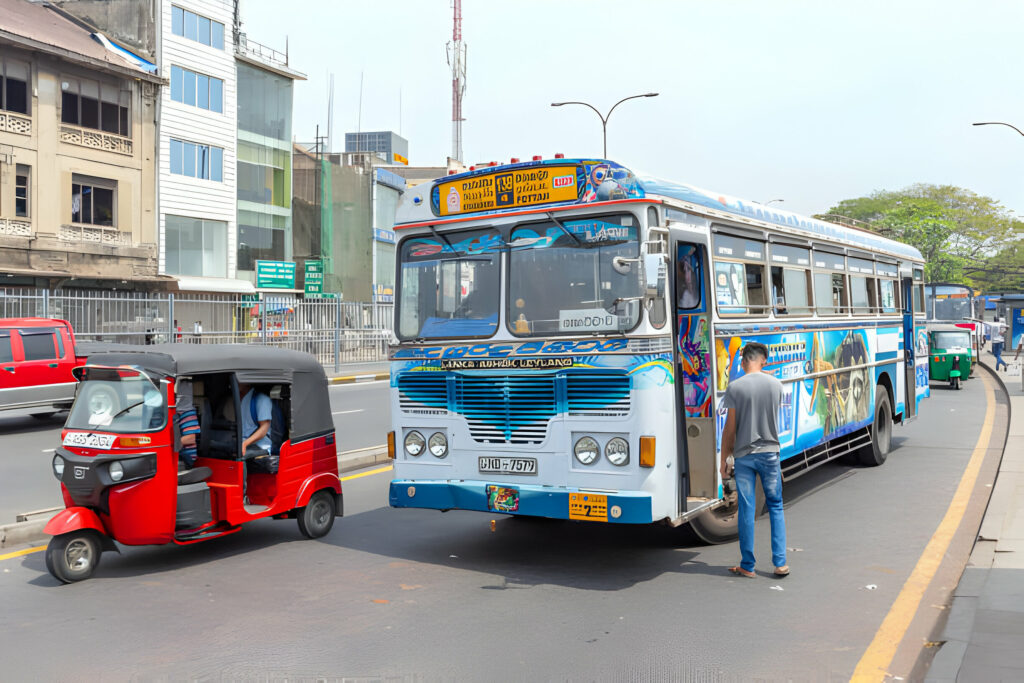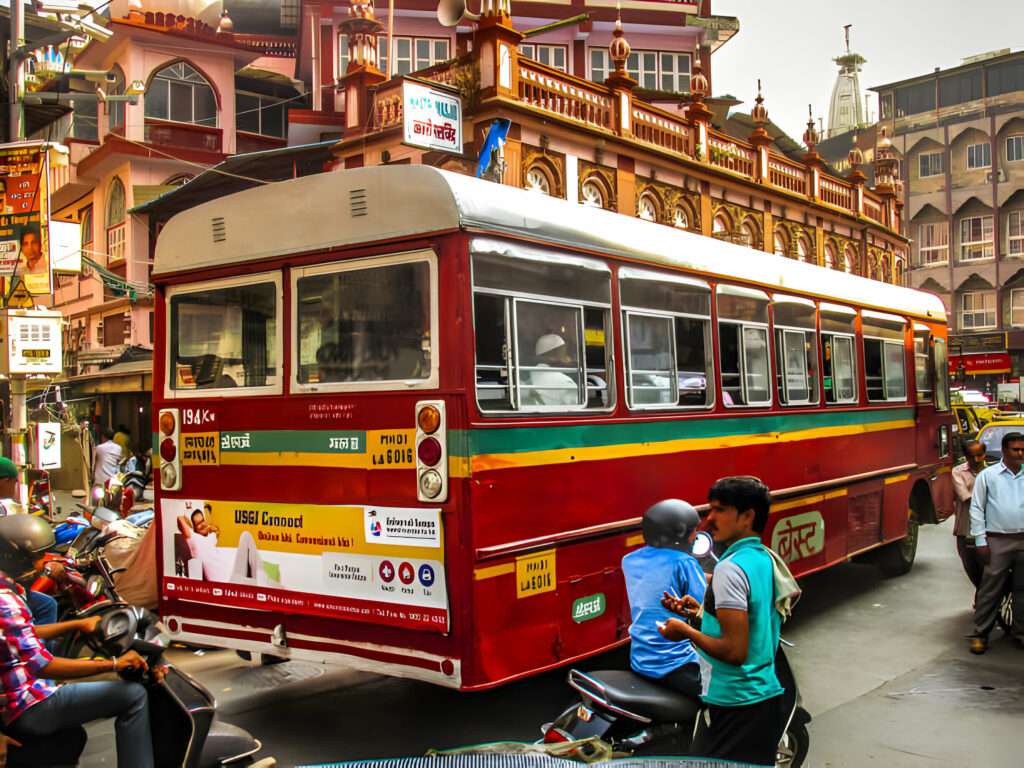
Bangalore, known for its bustling streets and vibrant culture, relies on a diverse public transport system to cater to the mobility needs of its residents and commuters. From buses and metro trains to auto-rickshaws and app-based cab services, navigating Bangalore’s public transport landscape involves understanding the challenges and developments in the city’s transportation infrastructure.
Challenges in Public Transport
Bangalore faces several challenges in its public transport system, including traffic congestion, inadequate infrastructure, and last-mile connectivity issues. The city’s rapid urbanization has led to a surge in private vehicles, exacerbating traffic congestion on its roads. Additionally, the lack of integrated transport planning and infrastructure has hindered the efficiency and reliability of public transport services. Last-mile connectivity remains a challenge, with commuters often facing difficulty in accessing public transport hubs from their homes or workplaces.
Developments in Transportation Infrastructure
Despite these challenges, Bangalore has made significant strides in enhancing its transportation infrastructure in recent years. The introduction of the Namma Metro, Bangalore’s rapid transit system, has transformed the city’s public transport landscape. With several phases of expansion underway, the metro network continues to grow, providing commuters with a fast, reliable, and eco-friendly mode of transportation.
The city’s bus network, operated by the Bangalore Metropolitan Transport Corporation (BMTC), remains a vital component of Bangalore’s public transport system. BMTC operates a vast fleet of buses, serving both intra-city and inter-city routes. In recent years, BMTC has introduced initiatives such as intelligent transportation systems, real-time tracking, and digital ticketing to improve the efficiency and convenience of bus services.
Role of Public Transit in Connectivity

Public transit plays a crucial role in connecting Bangalore’s diverse neighborhoods and facilitating mobility for residents and commuters. The metro network, along with BMTC buses and other modes of public transport, provides commuters with access to key destinations across the city, including commercial hubs, educational institutions, healthcare facilities, and cultural landmarks. Public transit also plays a vital role in reducing reliance on private vehicles, mitigating traffic congestion, and promoting sustainable mobility solutions.
Future Directions
Looking ahead, Bangalore’s public transport system is poised for further expansion and improvement. The ongoing development of the metro network, coupled with initiatives to enhance bus services and integrate various modes of transport, will contribute to a more efficient, accessible, and sustainable public transport system. Additionally, the adoption of technology-driven solutions such as digital payment systems, real-time information platforms, and multimodal integration apps will enhance the overall commuting experience for residents and visitors alike.
Conclusion
Bangalore’s public transport system is a dynamic and evolving ecosystem that plays a vital role in connecting the city’s diverse communities and facilitating mobility for millions of commuters. While the city faces challenges such as traffic congestion and inadequate infrastructure, ongoing developments in transportation infrastructure, coupled with a focus on sustainability and technology-driven solutions, offer promising prospects for the future of public transit in Bangalore. As the city continues to grow and evolve, investing in a robust and integrated public transport system will be essential to address the mobility needs of its residents and ensure a sustainable and inclusive urban future.
Comments are closed for this post.